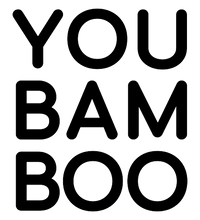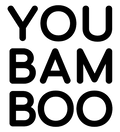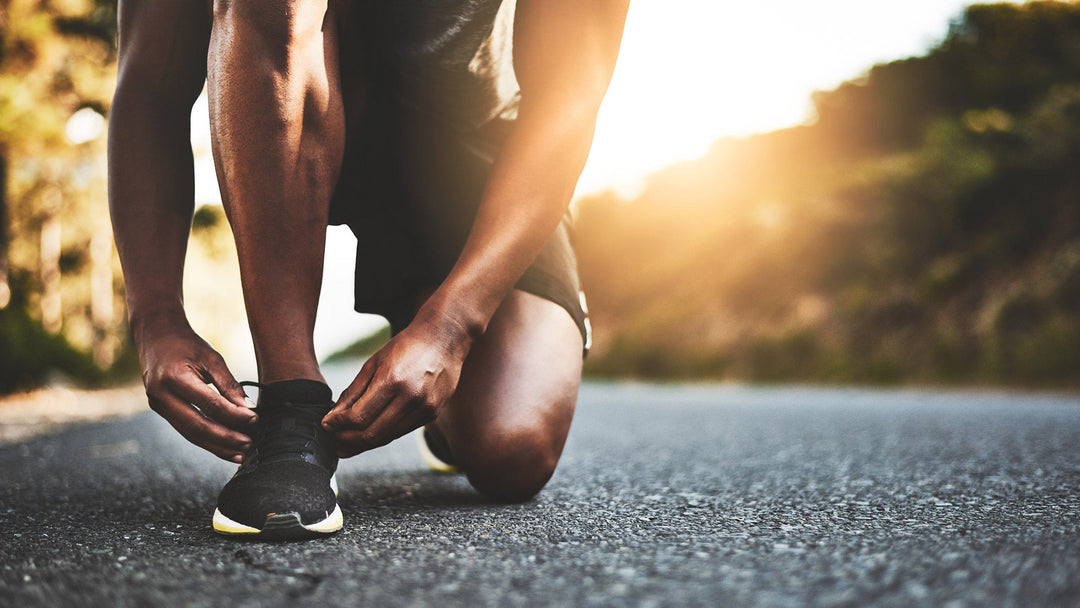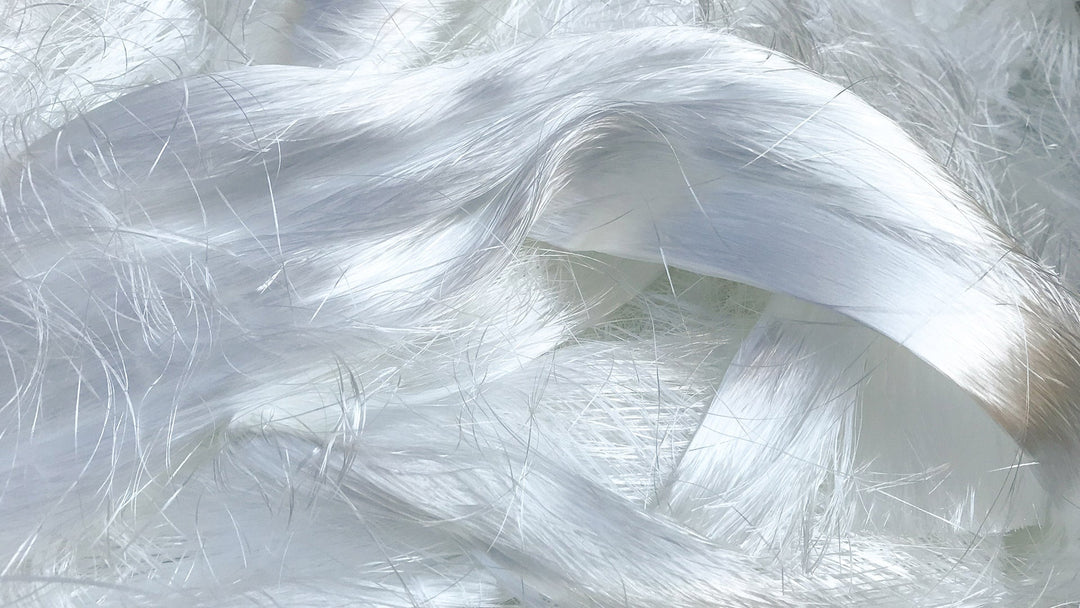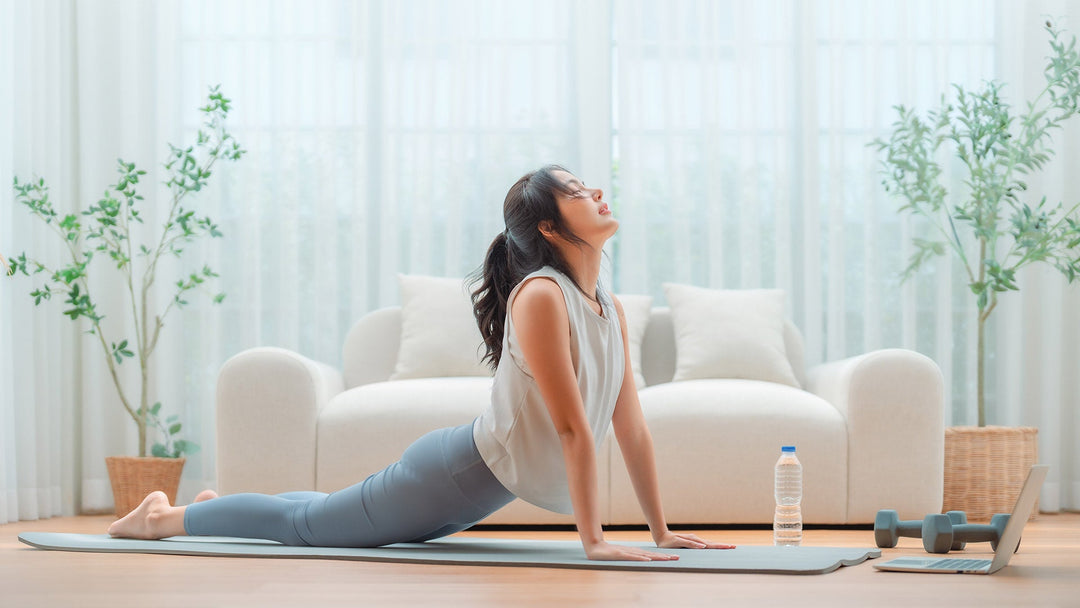As a sustainability consultant, you're familiar with environmental metrics and impact assessments. But when it comes to sustainable fashion, the landscape is complex and evolving. Let's break down what truly makes fashion sustainable and how you can make informed choices that align with both your professional values and environmental commitments.
What Defines Sustainable Fashion?
Core Principles
Sustainable fashion encompasses:
- Environmental stewardship
- Social responsibility
- Economic viability
- Circular design principles
- Ethical production methods
The Environmental Dimension
Resource Conservation
Sustainable fashion prioritises:
- Renewable materials
- Water conservation
- Energy efficiency
- Waste reduction
- Biodegradability
Carbon Footprint
Key metrics:
- Production emissions
- Transportation impact
- End-of-life considerations
- Supply chain efficiency
- Material lifecycle assessment
Social Responsibility
Fair Labour Practices
Essential elements:
- Living wages
- Safe working conditions
- Worker empowerment
- Community support
- Transparent practices
Cultural Preservation
Important aspects:
- Traditional craft preservation
- Indigenous knowledge respect
- Local community support
- Cultural heritage protection
Circular Fashion Economy
Design for Longevity
Key principles:
- Quality materials
- Timeless styles
- Adaptable designs
- Repair-friendly construction
- Multi-functional pieces
End-of-Life Considerations
Important factors:
- Biodegradability
- Recyclability
- Upcycling potential
- Zero waste design
- Closed-loop systems
Sustainable Materials
Natural Fibres
Top choices:
-
Bamboo
- 5 tonnes CO2 absorption per hectare
- Minimal water requirements
- Natural regeneration
- Biodegradable
-
Organic Cotton
- No harmful pesticides
- Reduced water usage
- Soil health preservation
- Biodiversity support
-
Hemp
- Carbon negative
- Soil regeneration
- Minimal water needs
- Natural pest resistance
Innovative Materials
Emerging options:
- Recycled fibres
- Bio-based synthetics
- Agricultural waste materials
- Ocean plastic alternatives
- Mushroom leather
Production Methods
Sustainable Manufacturing
Key practices:
- Renewable energy use
- Water recycling systems
- Zero-waste cutting
- Chemical reduction
- Local production
Technology Integration
Modern solutions:
- Digital printing
- 3D modeling
- On-demand production
- Smart inventory systems
- Blockchain transparency
Certifications and Standards
Key Certifications
Important labels:
- Global Organic Textile Standard (GOTS)
- OEKO-TEX Standard 100
- Fair Trade Certified
- Cradle to Cradle
- Forest Stewardship Council (FSC)
Building a Sustainable Professional Wardrobe
Strategic Approach
Key steps:
- Audit current wardrobe
- Identify essential pieces
- Research sustainable brands
- Invest in quality
- Plan for longevity
Professional Integration
Workplace considerations:
- Dress code alignment
- Versatile pieces
- Professional appearance
- Maintenance requirements
- Cost-per-wear analysis
The Business Case for Sustainable Fashion
Market Trends
Current statistics:
- 73% of millennials willing to pay more for sustainable brands
- 47% increase in sustainable fashion searches
- 35% growth in circular fashion initiatives
- 66% consider sustainability in purchases
Professional Impact
Career benefits:
- Industry leadership
- Client alignment
- Corporate influence
- Stakeholder engagement
- Brand authenticity
Taking Action
Individual Steps
Start with:
- Education and research
- Brand investigation
- Material understanding
- Certificate verification
- Impact assessment
Professional Leadership
Lead through:
- Knowledge sharing
- Personal example
- Industry involvement
- Supply chain advocacy
- Innovation support
YouBamboo's Commitment
Our Standards
We ensure:
- Sustainable material sourcing
- Ethical production
- Supply chain transparency
- Worker welfare
- Environmental stewardship
Our Impact
Measurable results:
- 261% renewable energy surplus
- Zero fertiliser use
- Community support programs
- Carbon-negative operations
- Water conservation initiatives
Future of Sustainable Fashion
Emerging Trends
Watch for:
- Bio-fabrication
- Digital wardrobes
- Rental evolution
- Blockchain transparency
- AI-driven sustainability
Industry Evolution
Developing areas:
- Circular systems
- Technology integration
- Consumer awareness
- Policy development
- Innovation acceleration
Take Action Today
Ready to transform your professional wardrobe with truly sustainable fashion? Explore our Essential Collection, where every piece combines environmental responsibility with professional excellence.
Shop Women's >
Shop Men's >
Shop Bedding >
About the Author: This comprehensive guide was developed by YouBamboo's sustainability team in collaboration with industry experts and environmental researchers.
Data Sources: Fashion Industry Reports 2025, Environmental Impact Assessments, Market Research Data
#SustainableFashion #ConsciousStyle #ProfessionalWardrobe #EnvironmentalImpact #EthicalFashion
